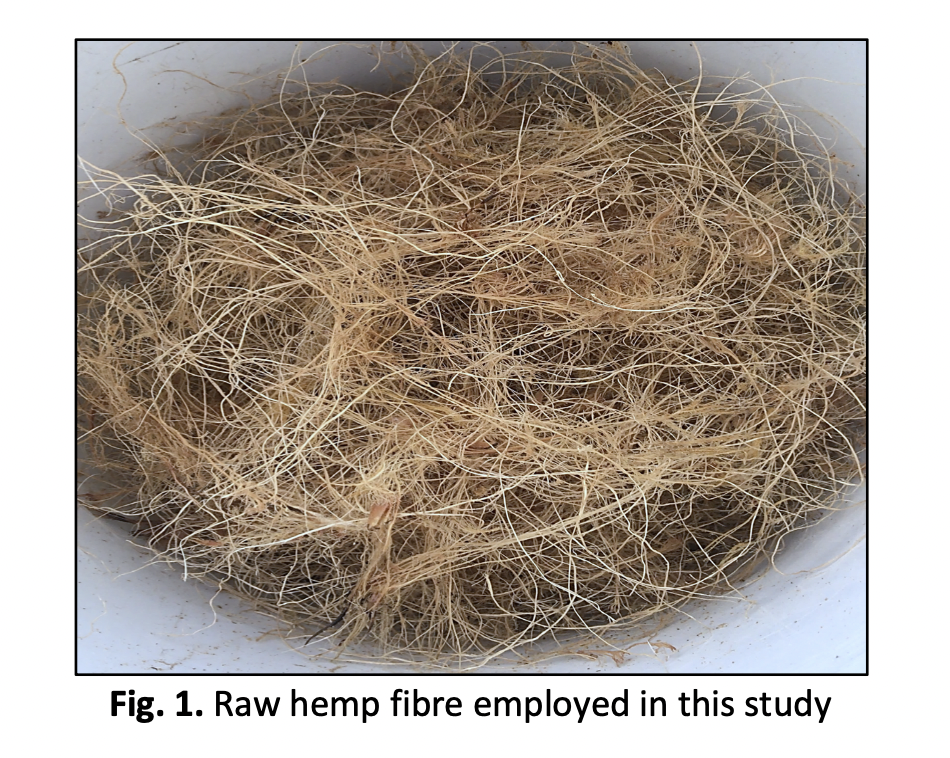Studies on Durability Properties of Natural Fibre-Reinforced Green Lightweight Foamed Concrete Employing Industrial Hemp Fibres
DOI:
https://doi.org/10.37934/aram.101.1.3652Keywords:
foamed concrete, durability properties, natural hemp fibre, water absorption, porosity, carbonation depth, shrinkageAbstract
The utilization of natural fibres for the invention of building materials has increased significantly in recent years in the construction industry. Hemp fibre-reinforced concrete, according to research, can provide low-cost building materials for residential and low-rise buildings while achieving sustainable construction and meeting future environmental targets. The purpose of this research was to improve the durability of lightweight foamed concrete (LFC) reinforced with hemp fibre (HF). Six weight fractions of HF were considered specifically 0.0% (control), 0.1%, 0.2%, 0.3%, 0.4% and 0.5%. Besides, three densities of LFC which were 500, 900 and 1300 kg/m3 were cast and tested. The properties evaluated were drying shrinkage, water absorption, depth of carbonation and porosity. From the durability tests, it was observed that the optimal results for water absorption, depth of carbonation and porosity tests were attained with the addition of 0.5% HF into LFC mixes. For the drying shrinkage test, LFC with the weight fractions of 0.3% (500 kg/m3), 0.4% (900 kg/m3) and 0.5% (1300 kg/m3) reveal the optimal drying shrinkage. This research has provided a foundation for further research into HF-strengthening LFC. There is a huge potential to utilize HF in cement-based materials for durability and mechanical properties enhancement. The use of industrial HF might make it possible to reduce fine aggregate while still producing LFC of higher quality. The inclusion of agricultural fibres in LFC will also promote the expansion of farming operations, which will have rewarding economic benefits.Downloads
Download data is not yet available.

Downloads
Published
2023-02-02
How to Cite
Md Azree Othuman Mydin, Mohd Nasrun Mohd Nawi, Roshartini Omar, Hadee Mohammed Najm, & Paul Oluwaseun Awoyera. (2023). Studies on Durability Properties of Natural Fibre-Reinforced Green Lightweight Foamed Concrete Employing Industrial Hemp Fibres. Journal of Advanced Research in Applied Mechanics, 101(1), 36–52. https://doi.org/10.37934/aram.101.1.3652
Issue
Section
Articles

























